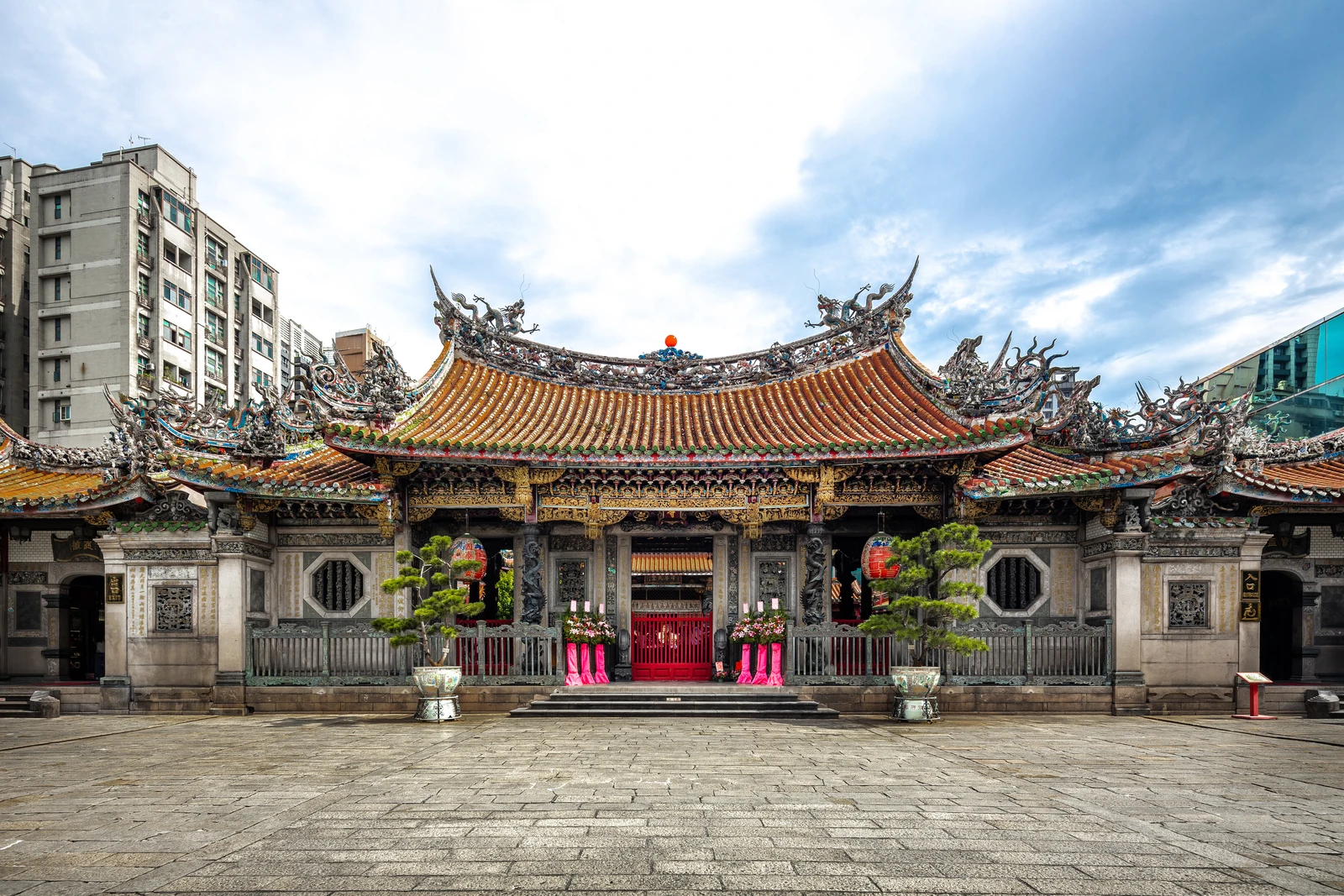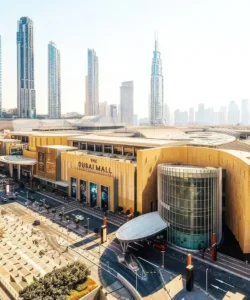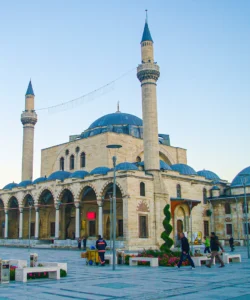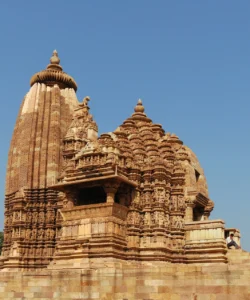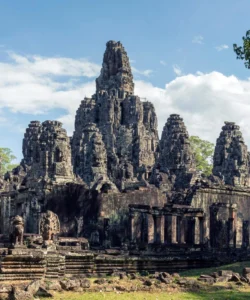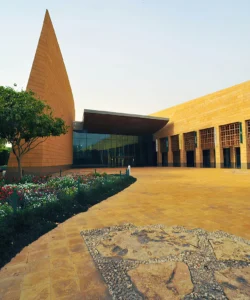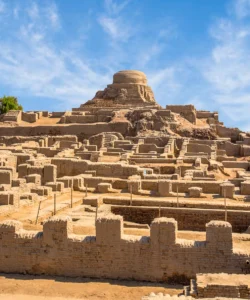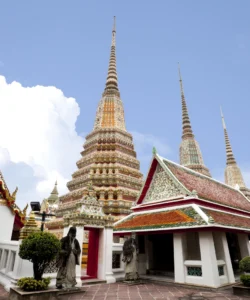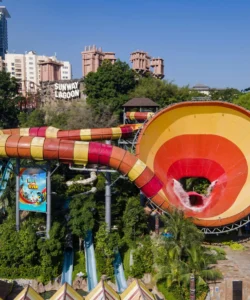Longshan Temple (龍山寺, Lóngshānsì) is one of Taipei’s oldest, largest, and most important temples, serving as a vibrant spiritual and cultural hub in the Wanhua District. Founded in 1738 by settlers from Fujian, China, it is a magnificent example of traditional Chinese temple architecture, renowned for its intricate carvings, vibrant decorations, and its unique blend of Buddhist, Taoist, and folk deities. It stands as a resilient sanctuary that has survived natural disasters and wartime bombing, remaining a beloved place of worship and a testament to Taipei’s enduring faith and heritage.
![]()
Name: Longshan Temple (艋舺龍山寺, Měngjiǎ Lóngshānsì). “Mengjia” (now Wanhua) was Taipei’s first developed area.
Address: No. 211, Guangzhou Street, Wanhua District, Taipei City, Taiwan 10857. It is located in a bustling, traditional neighborhood.
How to get there:
Longshan Temple is highly accessible by Taipei’s efficient MRT system:
- By MRT (Mass Rapid Transit): The most convenient way. Take the Bannan Line (Blue Line) to Longshan Temple Station (BL10, Exit 1). This exit leads directly to the temple plaza.
- By Bus: Numerous city bus routes serve the Wanhua District, with many stops near Longshan Temple.
- By Taxi/Ride-Sharing Services: Taxis are readily available throughout Taipei and can drop you off directly at the temple.
- Walking: The temple is a central landmark in the Wanhua District, making it easily walkable from surrounding areas and markets like the Huaxi Street Night Market.
Landscape and Architecture:
Longshan Temple is a stunning example of traditional Southern Chinese temple architecture, rich in detail and symbolism:
- Four-Tiered Layout: The temple follows a traditional Chinese temple layout, typically featuring a front hall, main hall, rear hall, and bell and drum towers, arranged around a central courtyard.
- Ornate Roofs: The roofs are arguably its most spectacular feature, showcasing incredibly intricate ceramic tile carvings of dragons, phoenixes, mythical beasts, and immortal figures. The swallowtail eaves, upturned at the corners, are characteristic of Southern Chinese temple design.
- Intricate Carvings (Wood and Stone): Every surface seems to be adorned with elaborate carvings. The wooden beams, columns, and altars feature detailed figures, floral motifs, and narrative scenes. The stone pillars and railings are equally impressive, particularly the bronze dragon pillars in the main hall.
- Vibrant Colors: The temple is a riot of color, dominated by gold, red, and blue, reflecting Chinese aesthetic and symbolic traditions.
- Man-Made Waterfall: A small, man-made waterfall and ornamental pond in the front courtyard add a serene element.
- Lush Courtyards: Despite its urban setting, the temple complex features inner courtyards that provide open space and natural light, used by worshippers and visitors.
- Diverse Deities: Longshan Temple is famous for its syncretic nature, housing a pantheon of Buddhist, Taoist, and folk deities. While dedicated to Guanyin (Goddess of Mercy, a Buddhist Bodhisattva) as its main deity, it also reveres Mazu (Goddess of the Sea), Guan Yu (God of War), Confucius, and many others across its various halls. This reflects the multi-faith practices common in Taiwan.
- Continuous Worship: Unlike a museum, Longshan Temple is an active, living place of worship. Visitors will witness a constant stream of devotees burning incense, offering prayers, tossing divination blocks (bua buei), and seeking guidance from the deities.
What makes it famous:
Longshan Temple is famous for:
- Oldest and Most Important Temple in Taipei: As the first temple built by Chinese settlers in Taipei, it holds immense historical and cultural significance as a spiritual cornerstone of the city.
- Architectural Masterpiece: It is widely considered one of Taiwan’s finest examples of traditional Chinese temple architecture, celebrated for its exquisite craftsmanship and detailed ornamentation.
- Syncretic Religious Practice: Its unique blend of Buddhist, Taoist, and folk deities under one roof reflects the diverse religious beliefs of the Taiwanese people and offers a fascinating insight into local spiritual life.
- Resilience: The temple has a remarkable history of resilience, having been destroyed by earthquakes, typhoons, and Allied bombing during World War II, only to be rebuilt each time through the dedication of its community.
- Vibrant Atmosphere: The constant flow of worshippers, the scent of incense, the sounds of chanting, and the intricate visual details create an incredibly immersive and atmospheric experience.
- Cultural Hub: It’s not just a place of worship but a cultural center, offering a glimpse into traditional customs, divination practices, and the daily life of local residents.
- Urban Oasis: Nestled amidst a bustling, modern city, it provides a serene and beautiful sanctuary that contrasts sharply with its surroundings.
Differences from some other wonders:
Longshan Temple, while sharing features with other religious sites, distinguishes itself in several key ways:
- Syncretism as a Core Identity: While many Asian temples blend elements, Longshan Temple’s explicit and extensive syncretism of Buddhist, Taoist, and folk deities is a defining characteristic. It’s not just a Buddhist temple with some Taoist influence; it’s a true multi-faith pantheon under one roof, actively worshipped by devotees for various needs. This broad spiritual inclusivity is a key differentiator.
- Resilience and Rebuilding Narrative: Its repeated destruction and subsequent meticulous reconstruction by the local community through public and private donations highlight a profound and enduring community spirit and faith. This narrative of resilience against adversity is more prominent than in many other ancient temples that have had a more continuous existence.
- Lively, Active Worship in an Urban Setting: Unlike museums or preserved historical sites, Longshan Temple is a continuously bustling and active place of daily worship, deeply integrated into the fabric of a modern city district. Visitors don’t just observe history; they witness living faith in action, right in the heart of urban life.
- Architectural Detail and Density: The sheer density and intricacy of its decorative carvings on almost every surface, both wood and stone, make it an overwhelming feast for the eyes. This level of detailed ornamentation is often considered a hallmark of Southern Chinese temple architecture, particularly well-preserved here.
- “Living” Temple in a Bustling Area: Its location in the vibrant Wanhua district, surrounded by traditional markets and local life, means a visit to Longshan Temple is often combined with exploring the authentic, older parts of Taipei, offering a more immersive cultural experience than a standalone landmark.
In essence, Longshan Temple is a magnificent and resilient spiritual hub, a living testament to Taipei’s rich cultural heritage, and a captivating journey into the heart of traditional Taiwanese faith and artistry.
